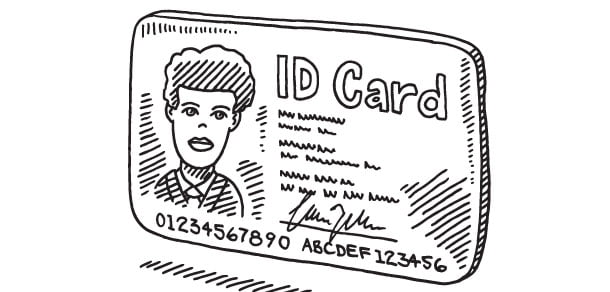
Tushie was part of the testing conducted between 2000 and 2003 that looked at the durability differences of PVC-only card bodies versus various composite card types. Durability and bend testing found that 75-80% of the PVC-only card bodies registered as failures versus a failure rate of just 20% for the composite cards.
At that time durability needs were less demanding – two to three years for payment cards and four to five years for driver licenses, Tushie says. Issuers, including those in campus card offices, now want a longer lifespan.
This testing was conducted a long time ago and improvements in PVC have been realized, but it’s hard to tell how much better they’ve become since there hasn’t been any open testing, Tushie says. And while PVC vendors may have improved the durability of their materials in the last decade, manufacturers of other materials have been doing the same.
Tests have shown that composite cards have far greater durability than a typical PVC-only card. A bend test of durability found that the composite card lasts 300,000 bend cycles, whereas a PVC card lasts just 20,000 cycles, Scaglia says.
When it comes to security and combatting counterfeiters, it could be money well spent. The only way to make visual inspection work is to ensure the ID documents cannot be easily forged. Card construction, materials and the visual security features they afford are key to this process.
National IDs, driver licenses and other government identification almost always employ these materials already. Other issuers, however, have been slower to migrate from the inexpensive 100% PVC cards.
But there are signs that this is changing. As U.S. banks add technologies to cards because of the switch to EMV, they are showing more interest to both protect the card and add longevity by increasing durability. Other issuers from corporations to educational institutions are feeling the fraud pinch as well, and it is inevitable that the threat will rise. As awareness of the countermeasures offered by advanced materials spreads, the cost benefit balance swings in favor of better security and away from plain PVC cards.




